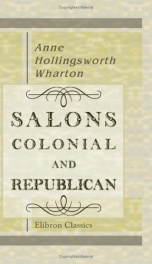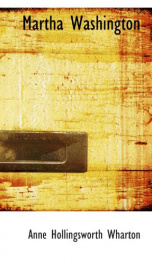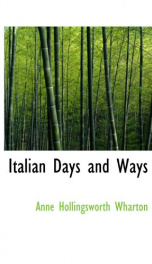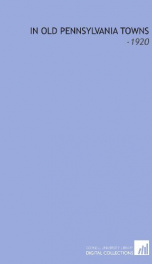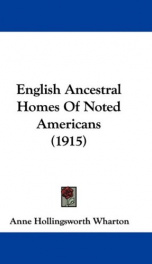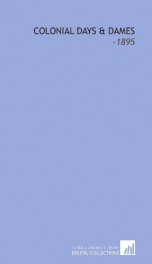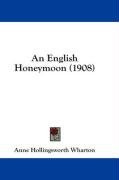social life in the early republic
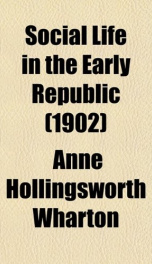
Purchase of this book includes free trial access to www.million-books.com where you can read more than a million books for free. This is an OCR edition with typos. Excerpt from book: V HOMES AND HOSTELRIES MR. THOMAS TWINING, when, in 1796, he rode across a tract of level country resembling an English heath and through a thick wood on his way to Mr. Law's house, found in the rude beginnings of a road some signs of an avenue, and with an imagination equal to his amiability recorded that he had no doubt he was "riding along one of the streets of the metropolitan city." Faith in things invisible was much needed in the early days of the capital, and for some years to come, when Pennsylvania Avenue was little better than a common country road. " On either side of this avenue," says Mr. Latrobe, " were two rows of Lombardy poplars, between which was a path often rilled with stagnant water and with crossing-places at intersecting streets. Outside of the poplars was a narrow footway, on which carriages often intruded to deposit their occupants at the brick pavements on which the few houses scattered along the avenue abutted. In dry weather the avenue was all dust, in wet weather all mud ; and along it ' The Royal George,' an old-fashioned, long-bodied four-horse stage, either rattled with members of Congress from Georgetown in a haloof dust, or pitched like a ship in a seaway among the holes and ruts of this national highway. The Capitol itself stood on the brink of a steep declivity clothed with old oaks and seamed with numerous gullies. Between it and the Navy Yard were a few buildings, scattered here and there over an arid common and following the amphitheatre of hills from the southeast around to the heights of Georgetown,houses few and far between indicated the beginning of the present city. " The Patent and Post-Offices, in one huge, un- ornamental, barn-like brick edifice, occupied the place of their marble successors, and at the other end of the aven...
Info about the book
Author:
Series:
Unknown
ASIN:
B004QOADSK
Rating:
4.5/5 (4)Your rating:
0/5
Languge:
English
Users who have this book
Users who want this book
What readers are saying
What do you think? Write your own comment on this book!
write a commentGenre
if you like social life in the early republic try:
Do you want to exchange books? It’s EASY!
Get registered and find other users who want to give their favourite books to good hands!

